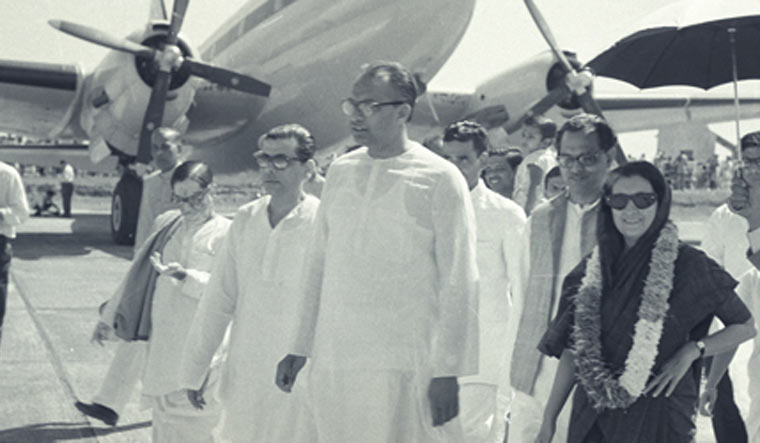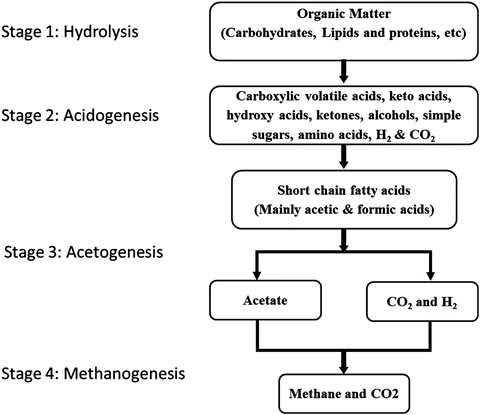Note4Students
From UPSC perspective, the following things are important :
Prelims level: National Interlinking of Rivers Authority (NIRA)
Mains level: Interlinking of rivers

The Central government is working on the establishment of an exclusive body to implement projects for linking rivers.
National Interlinking of Rivers Authority
- To be called the NIRA, the proposed body is expected to take up both inter-State and intra-State projects.
- It will also make arrangements for generating up funds, internally and externally.
- Headed by Union Minister of Jal Shakti, the panel includes Irrigation or Water Resources Ministers and Secretaries of States.
- It is being assisted by a Task Force for ILR, which is a committee of experts essentially drawn from the Jal Shakti Ministry, Central Water Commission and the NWDA.
About National River Linking Project (NRLP)
- The NRLP formally known as the National Perspective Plan, envisages the transfer of water from water ‘surplus’ basins where there is flooding to water ‘deficit’ basins where there is drought/scarcity, through inter-basin water transfer projects.
- It is designed to ease water shortages in western and southern India while mitigating the impacts of recurrent floods in the eastern parts of the Ganga basin.
- Interlinking of rivers was conceived more than 125 years ago by Sir Arthur Cotton, mainly to facilitate trade but it was not implemented then.
- The proposed NRLP, now comprises 29 canals totalling 9,600 km, will involve the movement of 245 trillion litres of water.
- If and when implemented, it will be one of the biggest inter-basin water transfer projects in the world.
ILR Projects in India
- As of now, six ILR projects — the Ken-Betwa, Damanganga- Pinjal, Par-Tapi-Narmada, Manas-Sankosh-Teesta-Ganga, Mahanadi-Godavari and Godavari-Cauvery (Grand Anicut) — have been under examination of the authorities.
- The Ken-Betwa ILR is India’s first such project.
- With regard to the peninsular rivers, the Centre has chosen to focus on the Godavari-Cauvery link than the earlier proposal to link the Mahanadi-Godavari-Krishna-Pennar-Cauvery rivers.
Issues and Concerns
Ecological issues
One of the major concerns is that rivers change their course in 70–100 years and thus once they are linked, future change of course could create huge practical problems for the project.
Aqua life
A number of leading environmentalists are of the opinion that the project could be an ecological disaster. There would be a decrease in downstream flows resulting in reduction of fresh water inflows into the seas seriously jeopardizing aquatic life.
Deforestation
Creation of canals would need large areas of land resulting in large scale deforestation in certain areas.
Areas getting submerged
Possibility of new dams comes with the threat of large otherwise habitable or reserved land getting submerged under water or surface water. Fertile deltas will be under threat, with coastal erosion expected to threaten the land and livelihoods of local economies that support 160 million people.
Displacement of people
As large strips of land might have to be converted to canals, a considerable population living in these areas must need to be rehabilitated to new areas.
Dirtying of clean water
As the rivers interlink, rivers with dirty water will get connected to rivers with clean water, hence dirtying the clean water.
Disrupting of ecological flow
On implementation, water discharge in 23 out of 29 rivers will reduce considerably, they say. The Ganga will see a 24% decrease in flow. Its tributaries Gandak (-68%) and Ghaghara (-55%) will be the worst affected. While the Brahmaputra will see only a 6% loss, its tributaries will see massive flow reductions: Manas (-73%), Sankosh (-72%) and Raidhak (-53%). Changes in water flow and trapping of silt in reservoirs will see a dip in the sediment deposited by rivers.
Must read:
https://www.indiawaterportal.org/articles/national-river-linking-project-dream-or-disaster
Get an IAS/IPS ranker as your 1: 1 personal mentor for UPSC 2024
Attend Now







